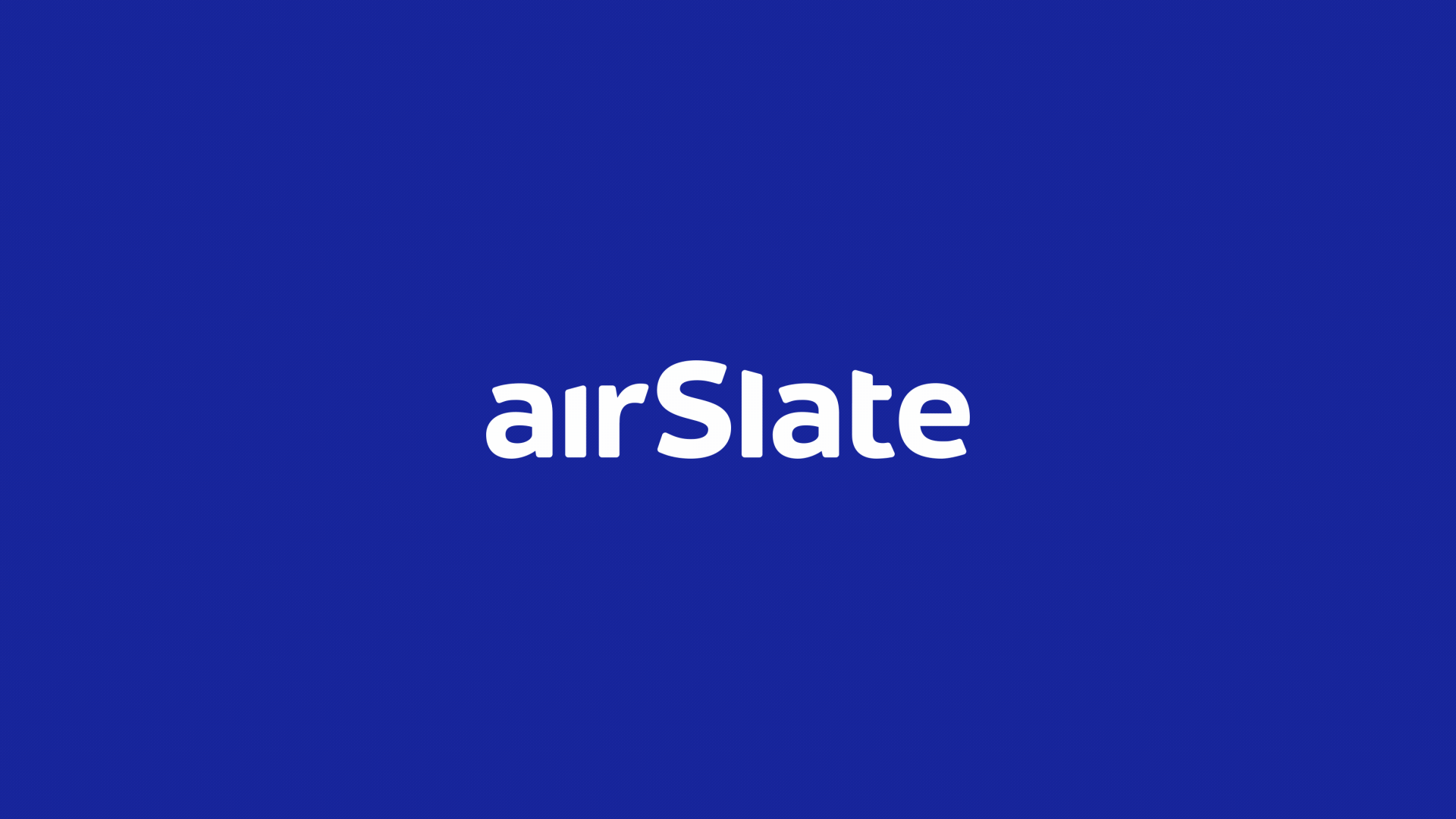
Ever wonder how many SMBs and enterprises are following business process automation trends? Despite fast-paced digitization, for over 40% of businesses implementing BPA, the undertaking is still a work in progress. Moreover, 16% of businesses have no BPA plans in mind, according to McKinsey & Co. And yet, many of their counterparts are making use of business automation trends by leveraging robotic process automation (RPA), AI engineering, cloud solutions, or are moving towards hyperautomation.
With the COVID-19 pandemic not yet in the rearview mirror and the introduction of vaccination mandates, teams and businesses of all sizes are recalibrating their strategies to face the new challenges. Over the past couple of years, the priority has shifted from sporadic adoption of business automation technologies to actually making their deployment a success. Achieving business automation success will be one of the top priorities for both SMBs and enterprises.
In 2021, for over 40% of businesses implementing BPA was a work in progress, according to McKinsey & Co. #BPA #businesautomation #automation Click To TweetIn this blog, we’re looking into the business process automation trends. Also, you’ll discover how to stay ahead of the latest BPA trends with the new airSlate Academy!
Top 5 business process automation trends

1. RPA and bot automation
Robotic process automation (RPA) proved its value to businesses during the pandemic by helping healthcare facilities address staff shortages and minimize in-person contact. Switching to a remote workplace during an economic recession only increased the need for RPA adoption and workflow automation via no-code bots. Bot automation allowed SMBs and enterprises to reduce manual, recurring, and rule-based tasks, while quickly delivering ROI.
On the other hand, making no-code bots a part of enterprise solutions has set the stage for the citizen development movement, increasing the number of non-technical employees capable of automating business workflows. By 2024, enterprises are projected to triple the capacity of their existing RPA portfolios with the majority of expenditures going towards the scaling of existing solutions with new add-ons.
By 2024, enterprises are projected to triple the capacity of their existing RPA portfolios, Gartner predicts. #RPA #businesautomation #automation Click To Tweet2. No-code
For the past couple of years, we’ve seen more and more businesses invest in no-code solutions. Using no-code solutions allows non-developers to build custom business apps and automate workflows. Owing to their drag-and-drop functionality, no-code tools simplify complex IT procedures. Apart from no-code bots, we’re now witnessing a growing need for no-code AI to allow for training, testing, and deploying machine learning models without leveraging IT resources.
The no-code narrative wouldn’t be complete without mentioning the rise of no-code intelligent document processing tools (IDEPs). About 20% of businesses are investing in these solutions to classify and extract data from documents, emails, forms, handle e-discovery, contract analytics, and compliance risk. For instance, AI-powered email automation tools can help generate human-like sales emails in less than a minute. Despite not being an IDEP, pdfFiller offers its users document management and workflow automation features, including data collection and exports, enterprise-grade eSignature, document templates, automated form filling, and many more.
3. Hyperautomation
In simple terms, hyperautomation stands for automating as many knowledge-based processes as possible within a given enterprise using a combination of RPA and artificial intelligence (AI) technologies. However, hyperautomation doesn’t rely on bots exclusively. Rather, it involves the so-called “blended workforce” built on human-machine interaction.
Enterprises are moving away from randomly grouped automation technologies towards a more aligned automation strategy. According to Gartner, organizations will adopt at least 3 out of the 20 process-agnostic types of software that enable hyperautomation by 2024. These are predominantly mapping tools that enhance visibility into business activities, content ingestion automation and management, work orchestration across multiple systems, and complex rule engines.
By 2024, organizations will adopt at least 3 out of the 20 process-agnostic types of software that enable hyperautomation, Gartner predicts. #BPA #hyperautomation #automation Click To Tweet4. Artificial Intelligence and Machine Learning
Artificial intelligence (AI) enables a machine to simulate human behavior, while machine learning (ML) allows it to automatically learn from past data without explicit programming. Currently, AI is integrated into a vast scope of devices and applications — from AI-powered voice assistants and wearable devices to search engines and social media platforms.
AI is used to analyze human interactions, analyze customer behavior patterns and predict customer demand, improve efficiency, drive revenue, enhance personalized experiences, etc. Despite that, 93% of automation technologists feel ill-prepared for the upcoming challenges introduced by AI and smart machine technologies. Research indicates that companies will face staff skill limitations (56%), the fear of the unknown (42%), and the inability to identify a starting point (26%) when considering the implementation of AI.
5. Cloud automation
Cloud automation is a set of technologies aimed at alleviating the pains associated with manual labor and the amount of time employees spend on provisioning and managing cloud workloads and services.
Cloud automation delivers business value in the form of IT costs reduction, continuous deployment, enhanced security and resilience, improved backup processes, etc.
In the past, 92% of enterprises embraced multi-cloud strategies. What’s more, 61% wanted to optimize their existing cloud usage, while 59% wanted to migrate more workloads to the cloud. To do this, 75% of enterprises had a centralized cloud team or a cloud CoE (center of excellence). Speaking of cloud data management, Kubernetes strengthened its position by increasing its adoption rate by 68% during the pandemic. According to a Purestorage survey, almost two-thirds (64%) of businesses whose IT is “very knowledgeable” about Kubernetes reported an annual income of $100,000 to $250,000.
If you’re interested in learning more about business process automation, make sure to check airSlate’s Guide to Business Automation below:
Business process automation predictions
The global BPA market currently stands at 12.2% annually and is projected to reach $19.6 billion by 2026. When it comes to automation trends for 2021, Gartner‘s predictions included the following directions:
- Prediction #1: Massive adoption of new computational and storage technologies.
Accelerated cloud adoption resulted in enterprises being unable to limit the costs of their ever-growing cloud infrastructure. According to a recent Flexera report, 92% of enterprises embrace a multi-cloud strategy, while 82% embrace a hybrid cloud strategy. Despite this, data management in multi-cloud environments poses a challenge for 60% of enterprises. - Prediction #2: Increasing the pace of automation adoption to build completely automated value chains.
In response to the pandemic, 39% of industry leaders leveraged a “control tower approach” to increase end-to-end supply chain visibility. Businesses have been automating data collection from every point across the supply chain to support the decision-making process with real-time analytics. Statista suggests that 58.6% of retail supply chain executives are looking to increase investment in omnichannel fulfillment, productive planning and demand forecasting (55.73%), as well as flexible operations enablement (52.87%). - Prediction #3: Leadership teams focusing on enhancing customer experience and streamlining operational processes.
A recent airSlate survey revealed the positive impact of digitization and automation on US businesses during the pandemic. In most valid cases, digital solutions had significantly increased efficiency and productivity (eSignature – 51%, PDF editor – 45%, and workflow automation tools – 46% of cases) as well as improved employee satisfaction (in 33% of cases). eSignature turned out to be extremely useful in improving customer engagement (in 34% of cases).
Take note, in one of our previous blogs, we looked into the automation trends of 2020.
Stay ahead of BPA trends with the new airSlate Academy

With the new airSlate Academy, you can keep pace with the latest trends in business automation. By joining the first educational hub for learning digital transformation, you get access to a complete catalog of courses for airSlate, signNow, and the pdfFiller academies on a single platform.
Whether you’re a business line owner, manager, or an aspiring citizen developer, enrolling in automation courses and learning plans at the new airSlate Academy will help you acquire new digital skills and/or advance in your career. Check out the list of business process automation courses we have to offer:
1. The Automation Architect Certification Program
This program will help you master airSlate tools and analytics when building and automating business workflows. The program comprises 4 courses: Business Process Automation with airSlate, Mastering Bots, Workflow Analytics with airSlate, and Automation in Action: Industry Use Cases. Learn how to make the most of your business workflows by simplifying day-to-day tasks and complex processes.
2. The Business Process Analyst Certification Program
This program will help you master the ins and outs of airSlate analytics to create fully automated workflows. The certification program consists of 3 courses: Workflow Analytics with airSlate, Introduction to Document Process Automation, and Digital Security and Compliance. Learn how to get the most out of your business by reducing the amount of time and money spent on routine processes.
3. Business Process Automation with airSlate
This course will help you grasp the basics of business process automation in airSlate. You will learn more about the most common business automation use cases, discover the positive impacts of automation on a company’s ROI, and discover the benefits of deploying BPA with airSlate. Enroll to digitize and automate paper-based processes as well as improve the overall performance of your business.

